Have you seen Boiling Point (2021)? The movie was shot in a 90-minutes continuous take (=real single shot) utilizing the Sony VENICE Rialto, by the young (23) cinematographer Matthew Lewis. Furthermore, this outstanding 90-minutes single take was shot inside a crowded restaurant. This fact elevates the complexity even further. Boiling Point constitutes a mandatory reference for filmmakers.
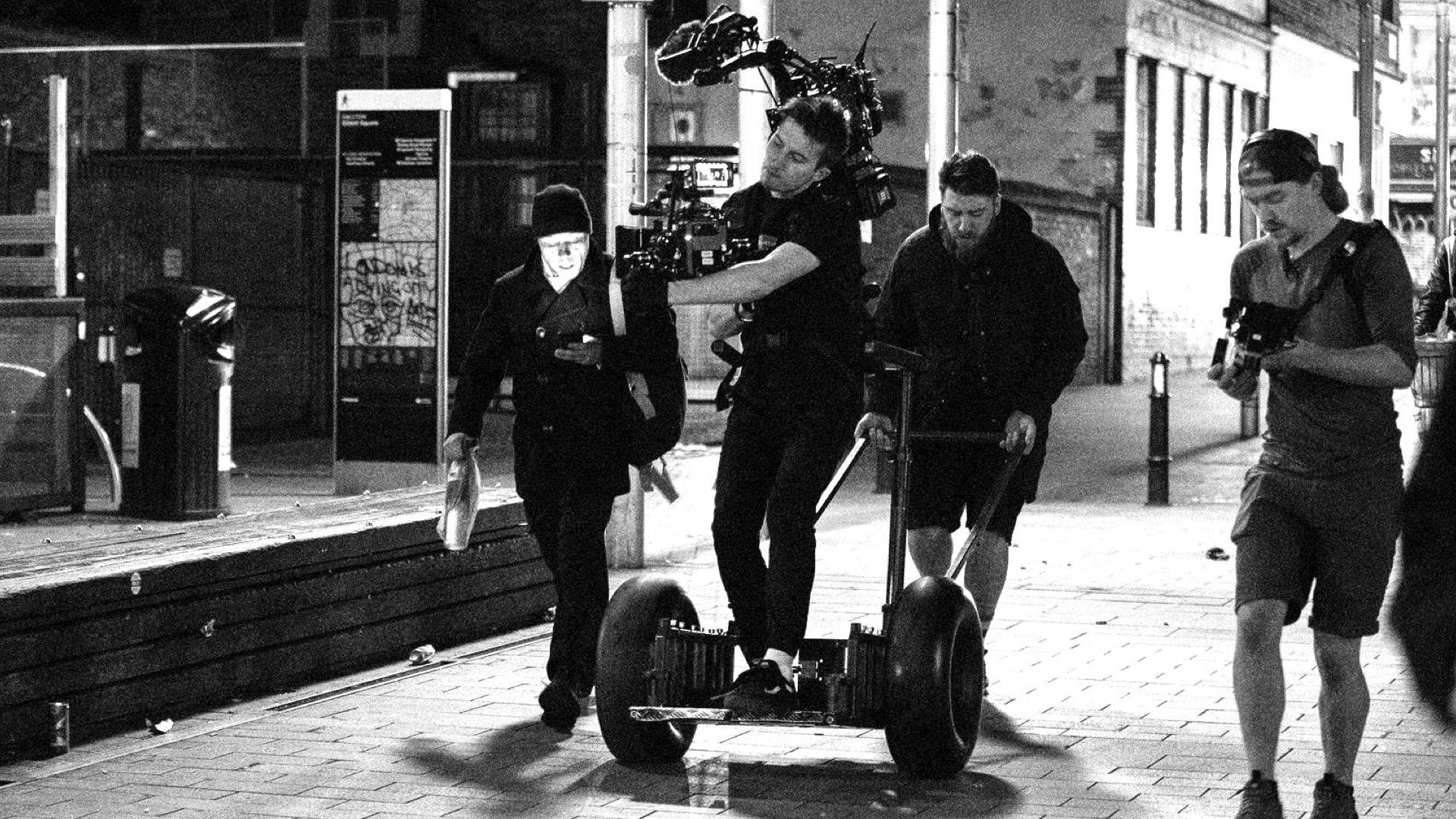
Boiling Point: 90-minutes of a single take
Boiling Point is a 2021 British drama film directed by Philip Barantini and written by Barantini and James Cummings. It stars Stephen Graham, Vinette Robinson, Ray Panthaki, and Hannah Walters. It is a one-shot film set in a real restaurant kitchen (Jones & Sons in Dalston, London). The film premiered at the 55th Karlovy Vary International Film Festival in August 2021. It was released in the United Kingdom in January 2022. At the 75th British Academy Film Awards, the film received four nominations: Outstanding British Film, Outstanding Debut by a British Writer, Director or Producer (writer James Cummings and producer Hester Ruoff), Best Actor in a Leading Role (Graham), and Best Casting (Carolyn Mcleod). Boiling Point is a 90 minutes of one single take, which was shot by cinematographer Matthew Lewis. Check out the trailer below:
Cinematography masterpiece
Imagine how challenging is to perform oners, and long takes. Even top-notch DPs are struggling to execute long takes, as this technique demands meticulous planning and a highly dedicated professional crew. However, imagine how hard is to carry out a 90-minutes of long single take, which is the whole movie itself. Although it’d be much easier in the editing suite, and no cuts are needed, the actual production must work like a super accurate orchestra, with zero space for errors. As for Boiling Point, there were eight attempts at filming, twice per evening for four days in March 2020, just as the COVID-19 pandemic was escalating in the UK. After the first day, Stephen Graham and the producers decided it was too dangerous to have so many people together, so filming was cut short to just two days, resulting in only four takes – the third of which was used for the final film. Note that every take is 90 minutes. So, in the 3rd take, they nailed it.
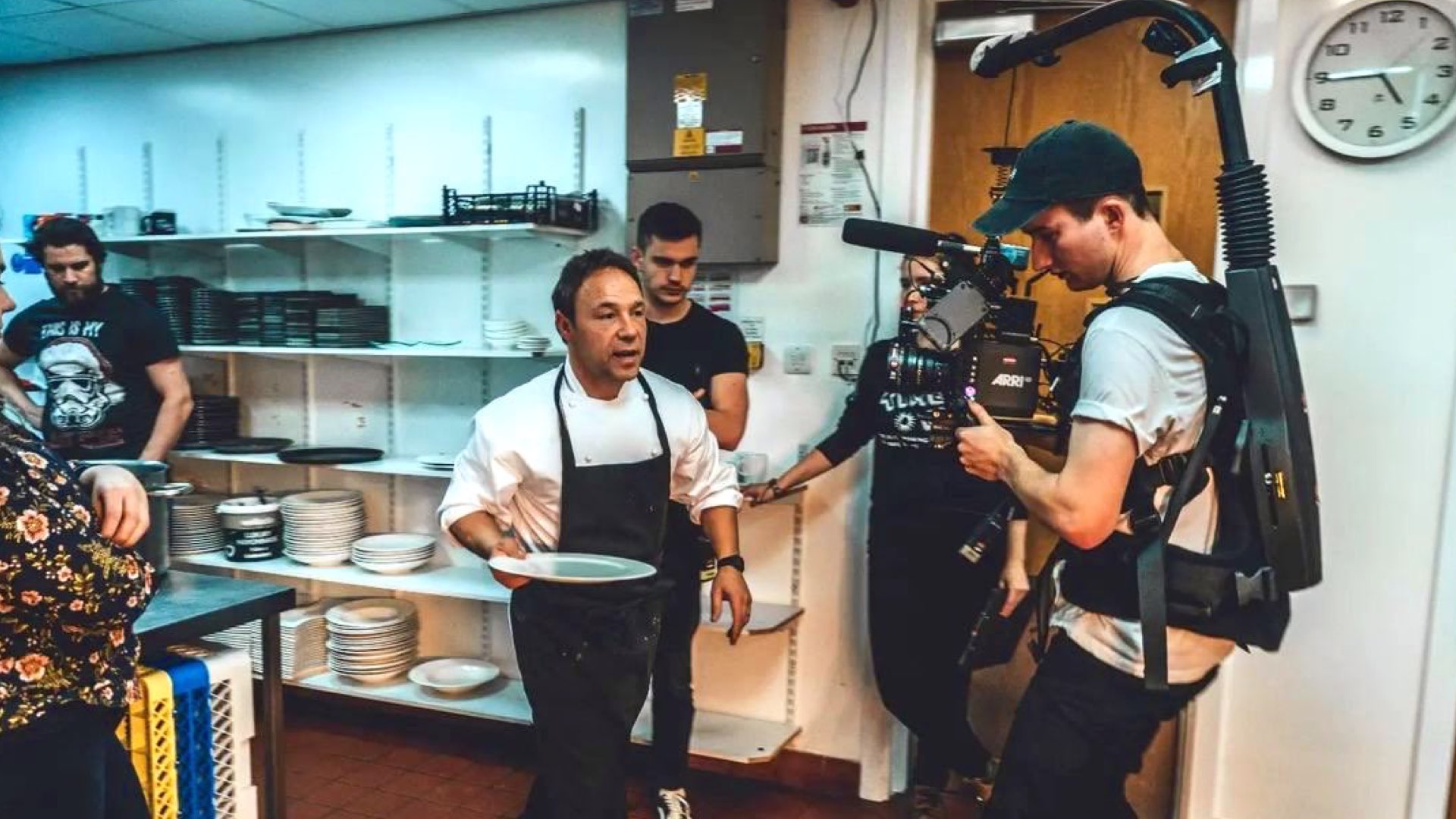
Optimal use of the Sony VENICE Rialto
This masterpiece was shot by the young cinematographer (age 23 back then) Matthew Lewis. Lewis utilized the Rialto unit of the Sony VENICE. Lewis tried the ALEXA Mini on set but decided to go with the VENICE as the Rialto offered a more convenient weight distribution in a backpack form together with Easyrig. That was extremely crucial during the shoot since Lewis had to constantly be moving with the camera for about 90 minutes (the duration of the take). Moreover, shooting in a restaurant opens up more difficulties, especially in single-takes, since the location is characterized by many small spaces and a lot of crowds. Hence, Lewis had to maneuver the camera, as one small mistake would end the whole take and ruin the entire shoot. Sony AXS-R7 external recorder was strapped to Lewis’s back. They recorded on Sony X-OCN 6K, with hot-swapping the cards (3 cards of 1TB each) in the recorder to ensure a seamless take. The VENICE high native ISO helped in the dimmed environment of the restaurant. Furthermore, the chosen lens was Zeiss Supreme 29mm, which is the only lens used, since in a single take the lens can not be changed.
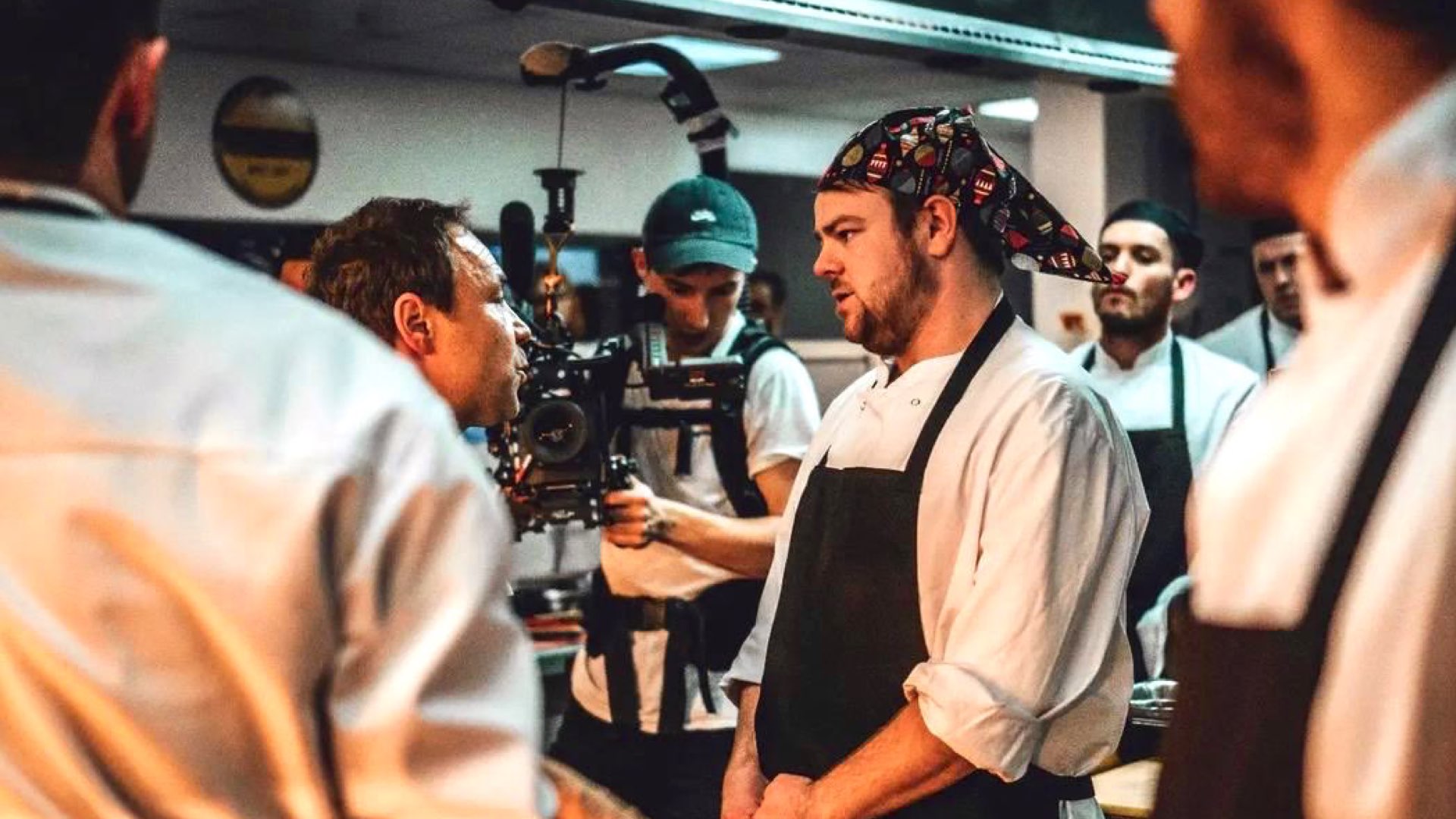
Final thoughts
Boiling Point is a must-see movie for filmmakers, as it demonstrates so many techniques of how a single shot can be performed. As opposed to other ‘oner’ projects like Extraction and 1917, in a single shot, there’s no room for errors, since there are no backups of stitching points, motion blur compensation, utilization of cranes, and CGI. The only way to execute a long single take is a rigorous planning process, a highly trained crew, and dedication. However, the result is worth it, as clearly shown in Boiling Point. Filmmakers – Go see it!


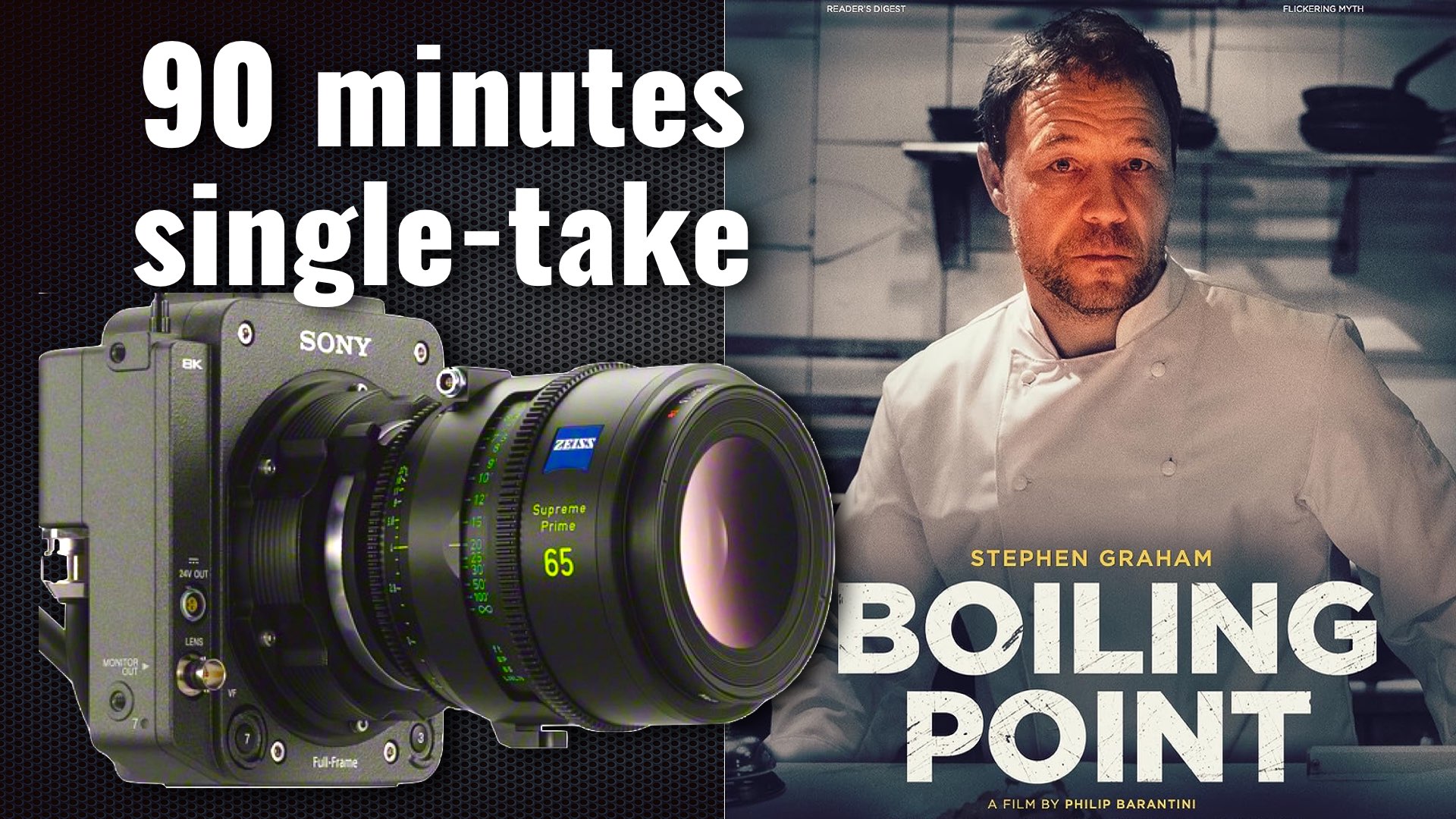
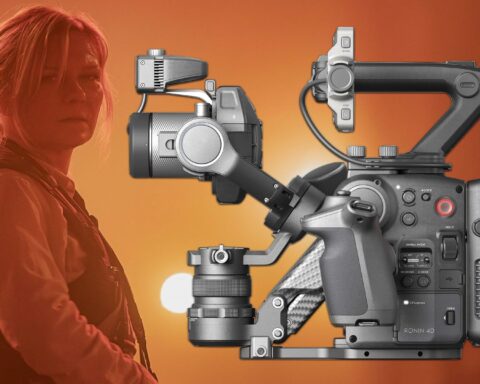
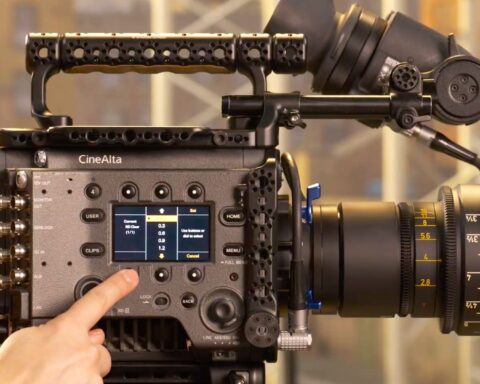
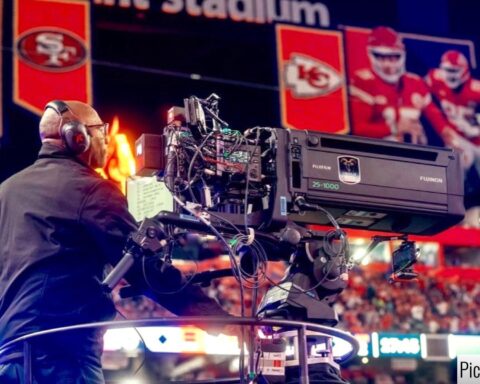
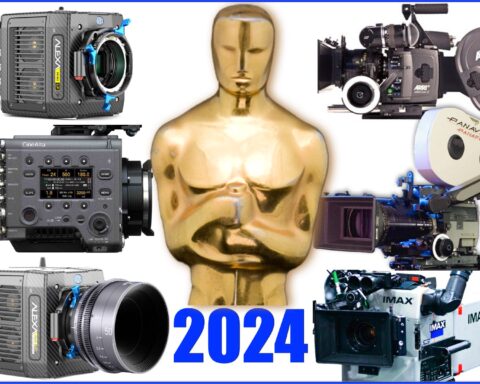
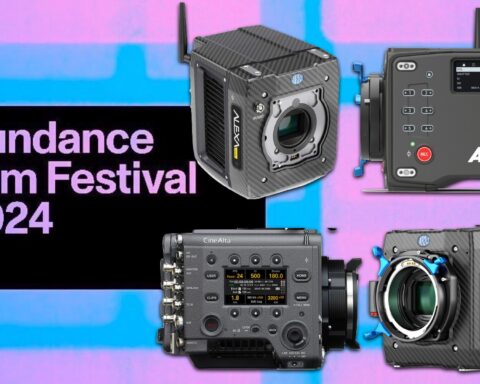
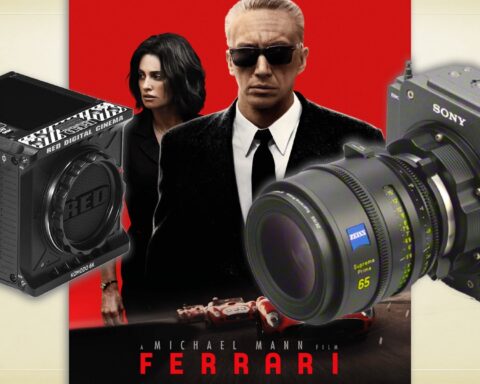

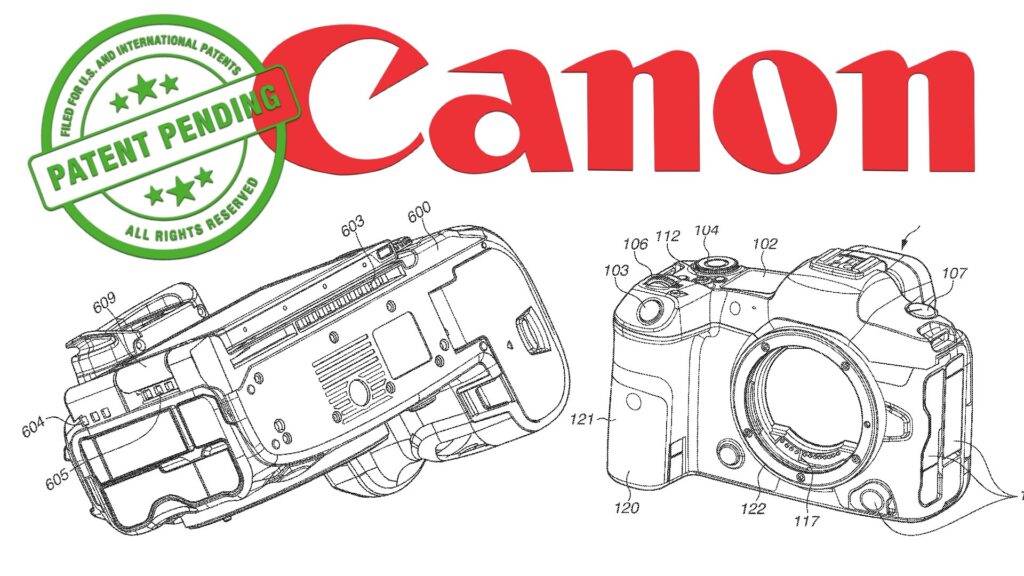
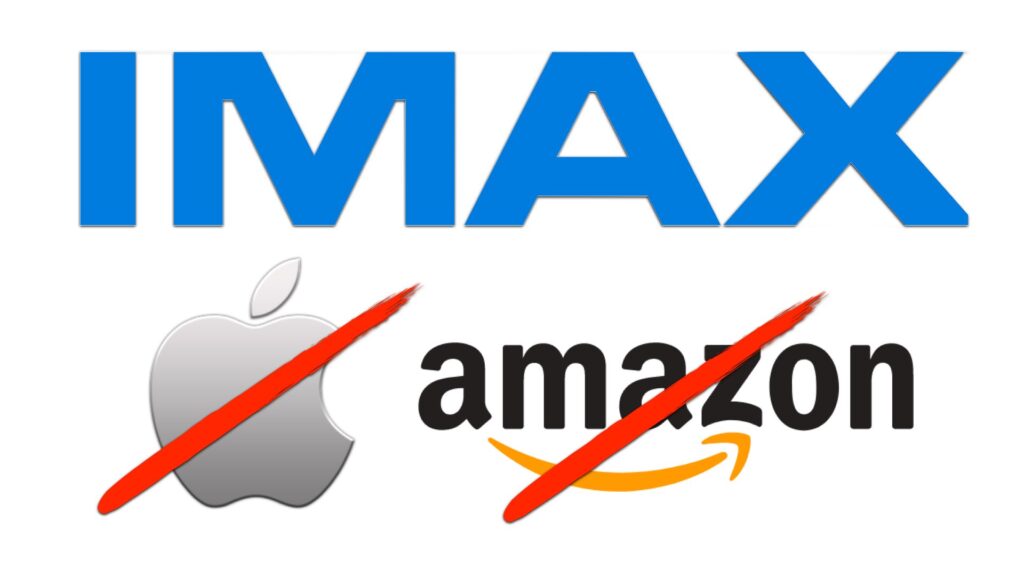
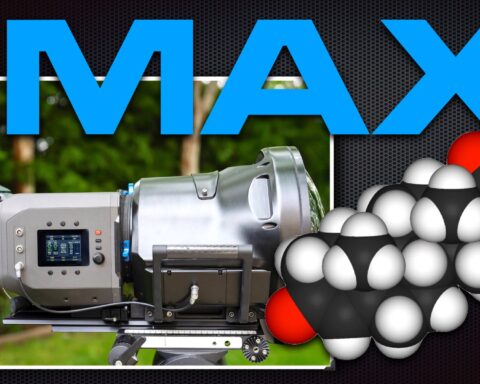




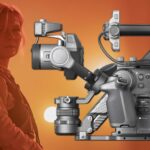
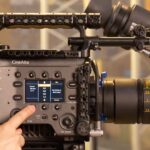
It is much easier to do this today. Check out how people did a two-hour one-shot movie Russian Ark 20 year ago. That was tough.
The photos show an Arri being used.
The article says Lewis tried the Alexa fist, that’s why!
I wonder how difficult it was to get a photo of Lewis with the Rialto for this article!
By the way, this happened before with Tom Cruise’s Maverick
What are you even talking about? Maverick wasn’t shot in one take, dude.
What I meant to say is that I feel Y.M. Cinema tries to highlight ARRI where possible (which happened before with the TGM article)
what happened before with Maverick? A 90-minute film in one take? What are you even talking about?